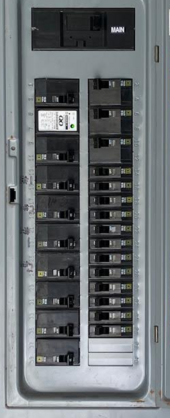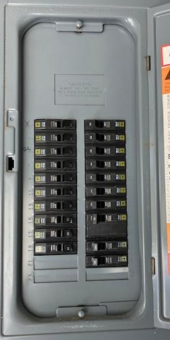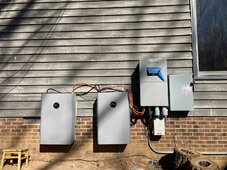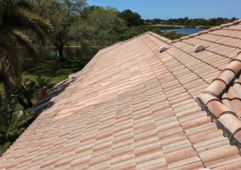Forget about all the critical loads panels and everything else and get one Sol-Ark 15 Inverter and set it up to power the whole house. The automatic transfer switch is amazing and I barely see an LED light flicker and no clocks reset etc. Basically a huge UPS. Now, when the power goes out for any period of time, go manually shut down the pool, AC if you need to etc.
There is one glaring weakness to this plan and that is the Sol-Ark 15K isn't strong enough to assuredly handle the entire house load at the moment of grid failure.
There are a number of large loads that would not be in the critical panel. HVAC #1 compressor and air handler, HVAC #2 compressor and air handler, water heater, dryer, stove, pool pump, pool heat pump, irrigation pump. If the grid hiccups during a random moment when many of those devices are on, the inverter will be overloaded and the entire house will shut down. Instead of solving the problem, I made it worse.
Further, with my elderly parents, having them flip a bunch of breakers is potentially troublesome if they get the wrong ones. The system should, as much as possible, be hands off for them.
This plan could work if I put in two inverters in the 12-15K size class, or one 30K inverter. Then it is likely the house will never be over that capability (though still possible if literally everything is on at that moment, but highly unlikely). But that is expensive, takes space, and there has to be breaker flipping or the battery will be gone in short order.
Their electrical system is already divided to a large degree between main and critical loads. Left is main, right is sub panel to become the critical panel. All but about a dozen 120 VAC are already in the subpanel.


I'll need to move some 120 VAC to the subpanel and possibly move some circuits the other way, but that job isn't nearly as big as adding two inverters prior to the main panel. I will need to get a larger subpanel, but that work can be done with the main panel powered. Maybe there are enough non critical 120 VAC that the panels are already sized well enough. Looks like I have one 240 VAC breaker in the sub that can go to the main, and then I have 5 120 VAC spaces, so that might just do it. Or I can buy a few dual QO breakers if I am close.
Since all this work is downstream of the meter feed, I don't have to shut that off to do it, which is a major plus. The biggest disruption is putting in the transfer switch that connects critical panel to either the invert load output or to a main panel breaker so we can bypass the inverter. This will require the critical panel be depowered briefly.
A possible glitch in this plan is if the main panel bus bars are not 225 amp rated. If they aren't, I either have to replace the panel with one that has 225 amp bus bars with a 200 amp main breaker, or I have to change the main breaker to 175 amp (this is the 120% rule for back feeding breakers). If either of those happens, then I have to disconnect at the meter. I won't know until I open the panel and check the bus bar rating. The whole house will have to be down for this change.
The big loads that are going to suck your battery. If it's only out for a few minutes or even a few hours, you'll be OK. Much simpler and your only risk is your parents aren't home or forget to turn off the big loads and you drain your batteries.
The real risk is they are home and they don't notice the grid failure. Now the battery is gone quickly and the backup is depleted. Having a critical loads panel means they will notice (certain things are off) and that the loads are manageable (no heavy loads). They can then turn things off normally, like turning off lights, without having to use breakers.
Since I first posted this, my thinking has evolved in the following ways:
I don't like the breaker interlock system of transferring critical panel to grid or inverter. I think it would be simpler to have a transfer switch and that makes it clear what to do if the inverter fails, just throw this lever.
There seem to be more choices in hybrid inverters. Sol-Ark is the most expensive, EG4 18KPV is a bit less, and there are a number of lower cost ones like Deye, Growatt, Sungold, etc. Still trying to research what units will do the job, but the lower cost ones are enticing. I think anything capable of 10 KW VAC on battery would do it. I still want the super fast transfer to battery when grid fails and most inverters don't seem to spec that parameter (and I want to see it demonstrated regardless).
I'm not a fan of the EG4 PowerPro battery and the way it stacks. Makes battery servicing too hard since you have to unstack the inverter to get to it. I do like the server rack battery systems. More serviceable, more expandable.
I'll be visiting them soon and plan to install an Emporia monitor to see what their loads are really like.
Mike C.









